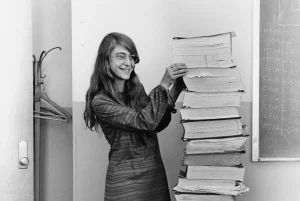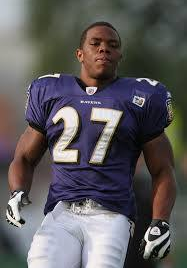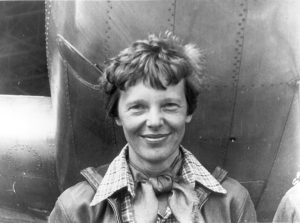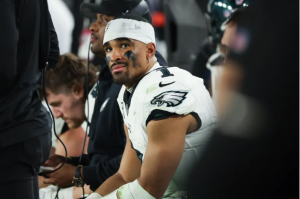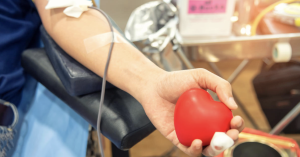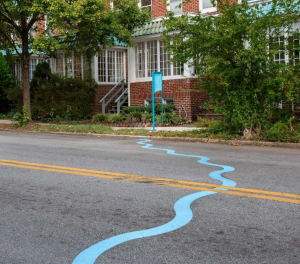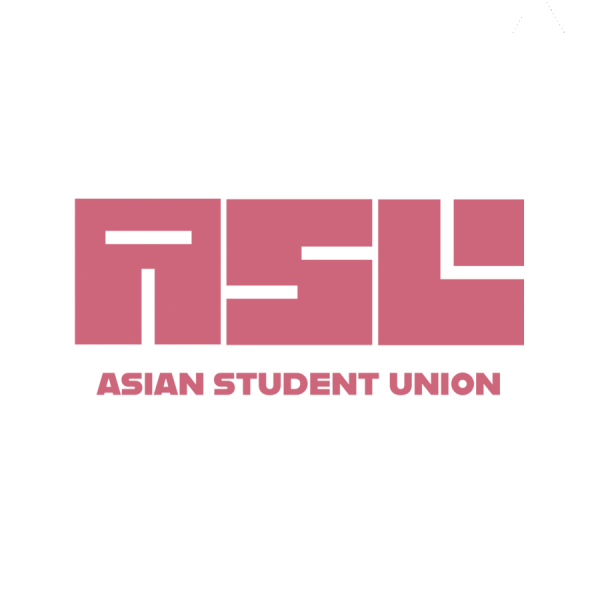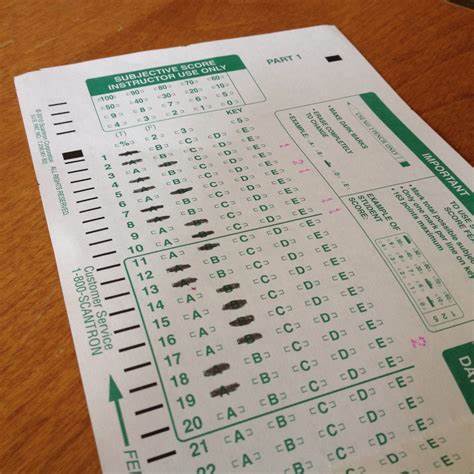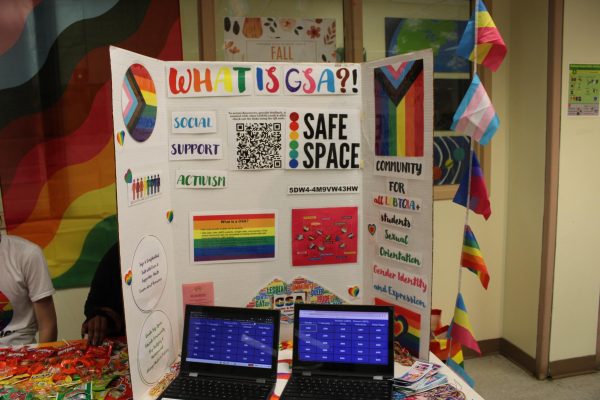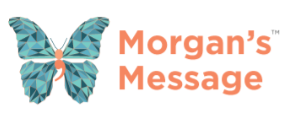The Hijab Project
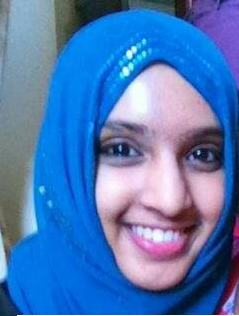
A hijab is a head scarf that is often worn by Muslim women. Even though not all Muslim women wear the hijab, it is most common in the Muslim culture. Wearing a hijab is not just a way to cover up a woman’s hair; it provides a woman with a sense of modesty and a connection to her religion. The Hijab Project is a social experiment created by Towson High School junior Amara Majeed where women (Muslim and non-Muslim) wear hijabs in public places and record their feelings on the project’s website about how they were treated. The Hijab Project allows Muslim and non-Muslim women to gain a better understanding of the Muslim lifestyle and culture and of the prejudice surrounding the hijab by uncovering the stereotypes and misconceptions about Muslim culture. One woman comments on her experience wearing a hijab for the first time:
“As a white woman, I had flown many times before with no problems. However, I knew right away that they were treating me differently. TSA gave me a full body pat down, and had to run tests on my laptop.”
Overall, The Hijab Project has been extremely successful, with over 7,000 likes on Facebook and overwhelming support from hundreds of women and media sources, both national and international. Read our exclusive interview with the founder of The Hijab Project, Amara Majeed.
When did the Hijab Project first begin?
Around December of 2013…
What inspired you to begin the Hijab Project?
The youth of Pakistan has really captured my attention this past year. Malala Yousafzai’s pursuit for women’s education is incredibly admirable; I would be so honored to meet her in the future inshaaAllah. Aitizaz Hasan, the 15-year old who stopped the suicide bomber and saved his classmates’ lives–subhanallah. No words can do justice for these selfless, honorable individuals. I am so proud and impressed by the youth of Pakistan; in the midst of violence and corruption, their honorable actions prevail.
After I went abroad over the summer, I realized that the women there are often seen for their beauty and ability to cook over their intelligence and personality. I felt like women were destined to be housewives, and education wasn’t as vital because in the end it wouldn’t really be used. So after I returned to America, I began to teach the English language to Muslim girls in this country, through the use of interactive PowerPoints. I felt like I’m not just teaching them English; I’m telling them that they are valuable individuals who are worth education; it helped me realize that I want to empower women.
It’s incredible to hear stories from intelligent, empowered women from literally around the world. Women, Muslim and non-Muslim, are bound together by a common experience: wearing the hijab.
How did you spread news about the Hijab Project and how can other students spread their causes?
To advertise my project, I had to send hundreds of messages to people–it became very discouraging at times when I spent entire days messaging people with no replies. As for advice to other students striving to garner attention towards their projects: try to connect your project to a good cause. That makes you stand out more, as well as ‘give back’ for your success.
What is the general response to the Hijab Project? Positive or negative?
The response has been fantastic. I’ve gotten a lot of attention towards it, and I am so happy it’s actually had a profound effect on so many people.
Would you share your experiences wearing the hijab?
I think that for the most part, America is very tolerant of diversity. I don’t feel ashamed to fulfill my religious obligation–my hijab is an integral part of my identity. I practice my religion pretty openly–I pray on the school bus and in the school library. I have definitely received discrimination for my hijab–a lot of people make terrorist remarks; I’m plagued because of the past actions of others. I can’t take responsibility, but I can be a good representative of Islam, regardless of how others treat me.
Why did you start the Hijab Project? What do you hope to spread knowledge about?
I started my project to promote the understanding of Muslim women; to empower women in general.
What recognition has the Hijab Project received?
I’ve done a ton of interviews– with The Bosnia Times; Shashca (a Pakistani newspaper striving to educate the youth); Bustle (an online news website, brought to my attention by Seventeen magazine’s former social media coordinator); Women’s eNews; X Culture (a feminist magazine based in Louisiana); Greed For Ilm (popular podcast interview service). I’ve gotten recognition from Occupy London;Jodi Picoult (author of My Sister’s Keeper); Belfast Telegraph (based in the UK); Diane Chamberlain (award-winning author). I’m still doing a lot of interviews–I’ve gotten interest from magazines, like Al-Jaras (the Middle East’s #1 entertainment news magazine); FACES magazine (based in Oman); and Illustrado magazine, in Dubai. I actually just did my very first TV interview (Malaysian TV!.) It was a really interesting experience, and I’m looking forward to seeing it air!
What are your next steps in the Hijab Project, and otherwise?
I want my project to be the beginning of something big–something that actually helps real, suffering people. At the moment, we are working on adding our very own hijab store to the site. Many women may not know where to buy a hijab, so I think it would be really convenient if they could simply buy one from the site. I will be co-designing the hijabs. The store will be extremely unique, though—we’re doing an entire line of ‘flag hijabs.’ Basically, my co-designer, Jill, will be creating soft jersey scarves with the design of a struggling Islamic nation’s flag on them. The line will consist of scarves with the design of a Syrian flag on them, or with the Libyan flag or Egyptian flag: a flag of an Islamic nation characterized by poverty, revolutions, or corrupt government. A portion of profits earned for that country’s scarf will go to orphans in that particular country.
I also recently launched my own online academy–I’m teaching the English language to particularly girls in Islamic countries I want to empower and educate them, get them more involved in business and commerce, and hopefully help to improve relations between the US and the Middle East with a common language.
I am also writing a book with author of Exploring Prejudice, Amy Guimond, and one of my social media coordinators, Aniqah Zowmi.
If you could say one thing to the students of Towson High School about the Hijab Project, what would it be?
Youth is extremely important when taking an initiative. Think of it like this: If a 2-year old knows how to read, then this is considered to be extremely impressive. If a 7-year old knows how to read, that’s considered ordinary and expected. Similarly, if a 14-year old does something really ambitious, such as creating a donation foundation, writing a novel, or designing their own clothing line, this is considered exceptional. However, if a 21-year old does this, it becomes slightly less exceptional, and if a 43- year does this, it becomes almost unremarkable: ordinary, expected. What am I trying to tell you? As we age, it becomes increasingly difficult to be exceptional. Our youth is valuable. Take advantage of it before it slips by (that is, if you’re fortunate enough have it slip by. Nobody is guaranteed old age.)
Do people’s experiences while wearing the hijab surprise you?
“I think people hold of me after wearing a headscarf is that I am quiet, vulnerable, weak, stupid or otherwise simple-minded. It’s demeaning to be patronized and molly-coddled like a 4 year old child.”
“…these two boys were making terrorist jokes about me. They said something like, ‘she might blow up on you, man…’ Everyone heard; I was humiliated and wanted to stop wearing hijab.”
